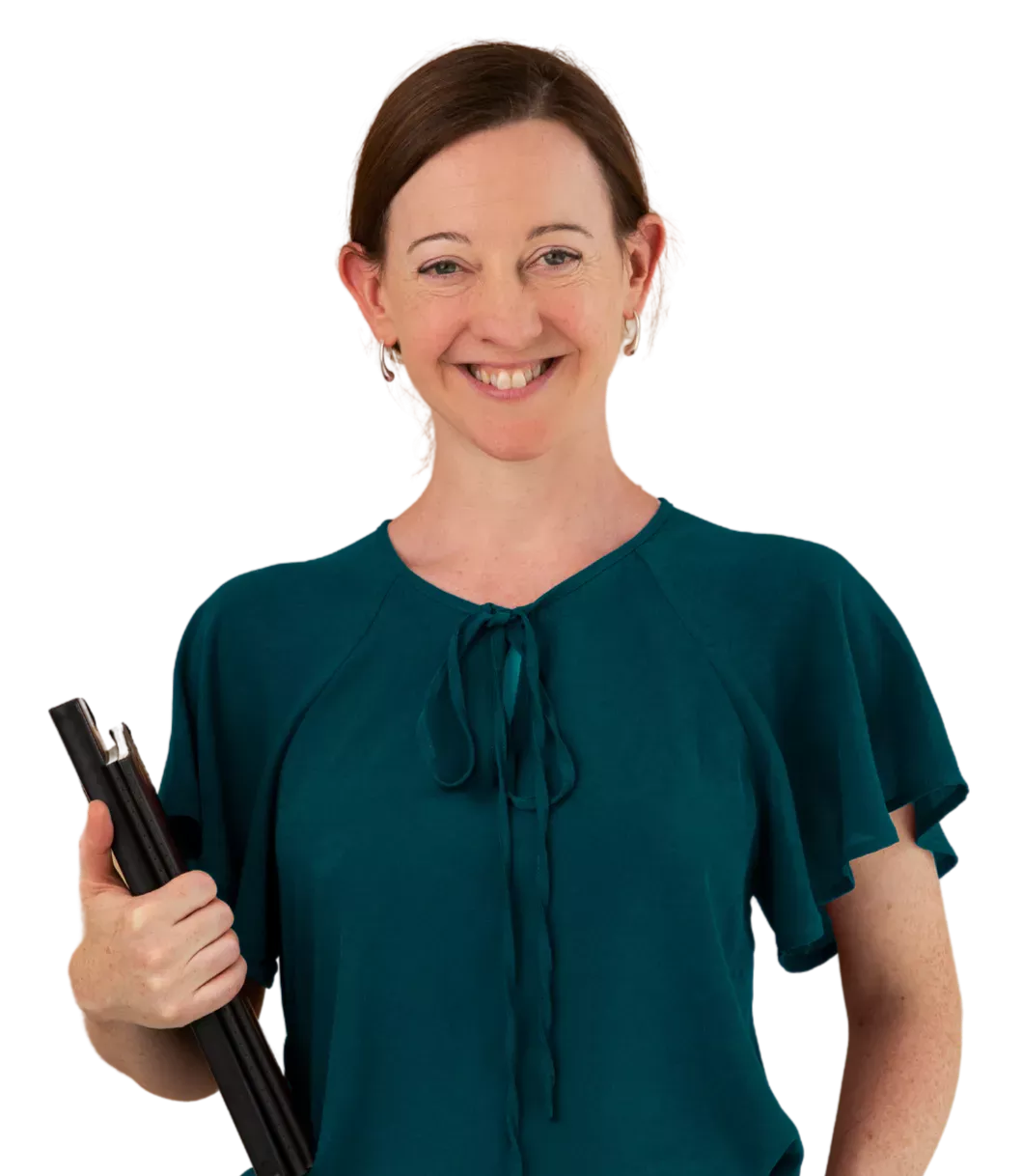Try an exercise about 'it' and 'there' here.
Click here for our complete programme to perfect your English grammar.
English sentences must have a subject (except for imperative sentences). So, if we don't have any other subject, we can use 'there' or 'it'. This is sometimes called a 'dummy subject' or an 'empty subject'.
There
'There' has two meanings. Its first meaning is an adverb of place. It's like 'here', except further away.
- The book is there! (= The book is in that place.)
We are talking about its second meaning today. 'There' can also be a pronoun that doesn't really have a meaning, but is used as the subject of a sentence when otherwise the sentence wouldn't have a clear subject.
- There's a book on the table. (= A book is on the table. / A book exists on the table.)
We usually use 'there' as a dummy subject with a noun or a noun phrase and the verb 'be'. It's often used to introduce new information or say that something exists. We put what we really want to talk about after the verb.
- There's a coffee shop next to the station.
- There was a boy in the car.
We can use 'there' with any tense of 'be', including 'modal verb + be'.
- There was an old man in the restaurant.
- There might be cake at the party.
- There's been an accident.
- There wouldn't have been a problem if you had called me.
We can use 'there' with question tags.
- There'll be a lot to do, won't there?
- There isn't a cat in the garden, is there?
Traditionally, we use a plural verb after 'there' to talk about a plural noun phrase and we use a singular verb with a singular noun phrase. However, in informal speech, it's very common to use 'there's' for everything.
- There's two houses on that street. (Informal.)
- There are two houses on that street. (Formal / traditionally correct.)
We tend to use 'there' with indefinite noun phrases. An indefinite noun phrase uses the indefinite article (a / an) or no article or a word like some / any / no. We don't use 'the' or a proper noun (the name of a person or a place).
- There's a shop on that road.
There's the shop on that road.
However, we can use a definite noun phrase with 'there' when there means 'in that place'.
- There's the book I was looking for! (=In that place is the book I was looking for.)
- There's Lucy. (=Lucy is in that place.)
Another exception is that we can use names or definite noun phrases with 'there' (as a dummy subject) when we are suggesting different options, and the sentence is one where we would usually need a definite article. In the example below, the person listening knows both restaurants. (See my explanations about 'a' and 'the' for more about this.)
- There's the restaurant on the hill or the restaurant by the station. Where would you prefer to eat?
We can use 'there' with some other verbs and expressions that are followed by 'be' and a noun phrase.
- There seems to be a problem.
- There happens to be a red car outside.
- There tends to be a lot of rain in October.
There is often used with numbers or amounts.
- There was plenty of food.
- There were a hundred people at the party.
There can be used with an expression of quantity followed by to + infinitive.
- There was lots to see.
- There was plenty to eat.
- There was nothing to do.
We can use 'for + noun' to show who we're talking about.
- There was nothing for us to do.
- There was plenty for the guests to eat.
We can also use 'there' with a verb other than 'be'. This has a very literary feel. (Here, we can use definite and indefinite noun phrases.)
- Out of the darkness, there rode a knight, mounted on a fine horse.
It
We also use 'it' as a dummy subject. 'It' tends to be followed by an adjective rather than a noun phrase.
'It' is used with 'be' + adj + to + infinitive.
- It's nice to be here.
- It's lovely to have time to relax.
'It' is used with 'be' + adj + verb-ing (this is considered less formal than to + infinitive, but the meaning is the same).
- It's nice being here.
- It's lovely having time to relax.
We use 'it' with times / dates and days.
- It's two o'clock.
- It's Wednesday.
- It's the 22nd.
- It's Christmas day.
We use 'it' for weather and similar conditions.
- It's cold.
- It's raining.
- It's very warm today.
- It's getting dark.
- It's too bright in here.
We use 'it' for distances.
- It's three miles to Lucy's house.
We use 'it' with people on the telephone or with people that we can't see or when we point people out.
- Hello! It's me!
- It's the postman at the door.
- Who's that woman over there? It's Elizabeth, the new boss.
We use 'it' with some other expressions.
- It takes two hours to get to London.
- It looks as if we are going to be late.
- It seems as though we might need some more money.
We can also use 'it' with passive reporting verbs.
- It is said that ...
- It is believed that ...
- It is understood that ...
- It is thought that ...
- It must be noted that ...
We can use 'it' with cleft sentences.
- It was John who cleaned the flat.
- It was ten years ago that I studied Japanese.
Try an exercise about 'it' and 'there' here.
Click here for our complete programme to perfect your English grammar.
